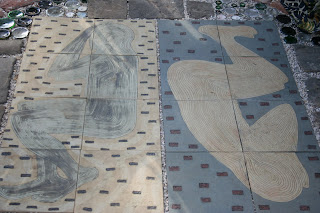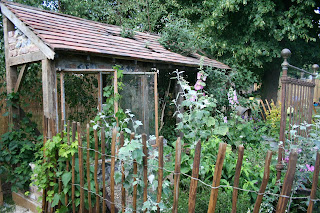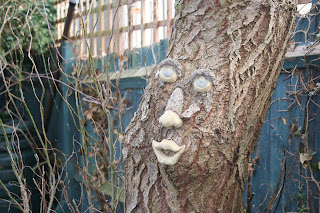Making Leaf Mould
We have been making leaf mould in our garden and have done so for the last couple of years. It is an easy gardening activity for children; one that gets them into the garden in the autumn. Leaf mould is organic and involves no carbon footprint. It is simply a case of raking up the leaves, bagging them and storing them, and then waiting.
Here’s how we do it. The garden has leaves mainly from Silver Birch, Goat Willow, Oak and a little bit of Acer. We rake them into piles and bag them up. I know that many people use black plastic sacks. We recycle and use the plastic coverings you get when clothes are returned from the dry cleaners. We like it best if the leaves are dry as they are not so cold to handle. As water is an essential ingredient for leaf mould we place couple of holes in the plastic bag and the add water.
A couple of times I have left some bags of leaves under shrubs and find that as the plastic begins to disintegrate and worms worm their way into the leafy mixture the leaves return themselves to the garden with very little help.
The filled sacks then spend the following 18 months in an old dustbin in the garden. We spread the leaf mould out onto the soil early spring as a kind of mulch. This is another gardening job for the children help with. I have also sieved the leaf mould and used it with potting compost for transplanting seedlings.
 |
| Last years leaf mould |
But why oh why is it called leaf mould? There is nothing messy or mouldy about it. It doesn’t smell and once rotted down turns into a lovely friable material. The name conveys up images of fungus and stained walls and must surely put some people off. How about calling it leaf compost or leafy soil? Love to hear your suggestions.
Let me know what you do with the leaves in your garden. Please please don’t say you take your leaves to the local rubbish tip. We find it so simple to recycle them inside our garden and hope you can too.


















































